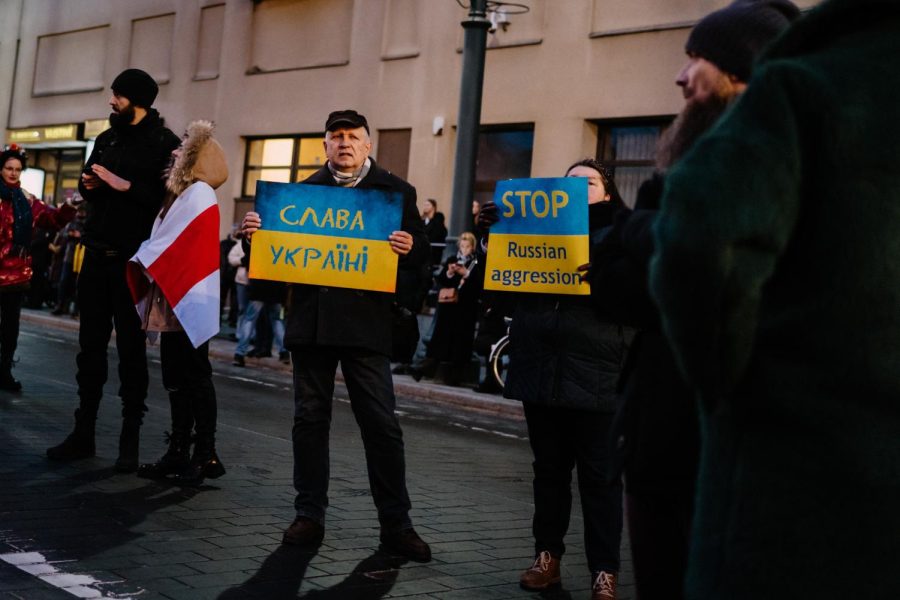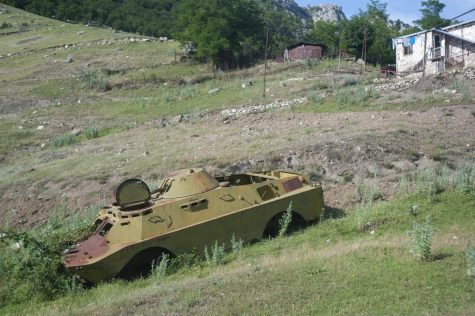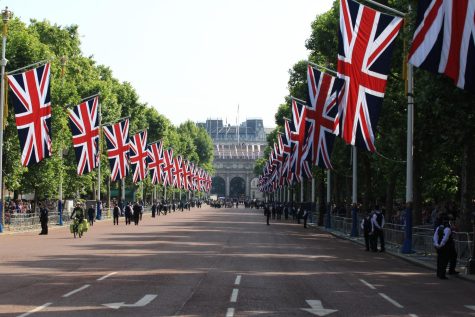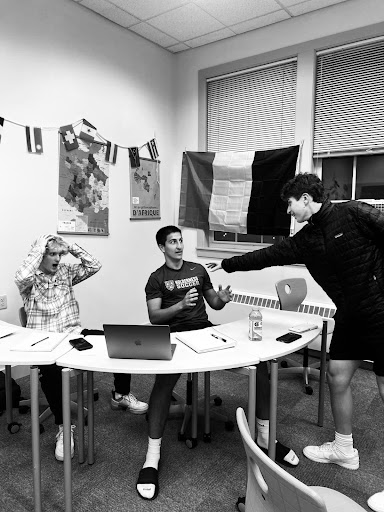War In Ukraine: What is an Annexation Referendum?
From September 23rd to 27th, 2022, a referendum took place in the four states of Donetsk, Luhansk, Zaporizhzhia, and Kherson in Russian-occupied eastern Ukraine. Russia announced that the approval rates of the people of the four states for joining the Russian Federation were 99.23%, 98.42%, 93.11%, and 87.05%, respectively. On September 30th, 2022, Russian President Vladimir Putin signed an agreement with the leaders of the four states to formally accept these places as Russian territory, which means that Russia already occupies more than one-fifth of Ukraine’s territory.
After World War II, the principle of national self-determination was written into the United Nations Charter. It has become an increasingly popular rule to use a referendum to decide whether to become independent or remain in the original sovereign or sovereign authority. According to the author’s rough statistics, after World War II, there were more than 103 independence referenda covering six continents in the world, resulting in nearly 40 countries and avoiding many wars. However, there are two types of referenda, one is generally recognized by the international community and has a principle of justice, and the other is an unjust referendum that is not recognized by the international community. The former “legitimate” referendum has several characteristics.
First, a referendum can be possible only with permission from the central or metropolitan government. This is a very critical prerequisite to prevent the arbitrary abuse of the principle of referendum self-determination and the use of public opinion to split the country or the territory of other countries. These referenda recognized by the central government include the Quebec Independence Referendum, Puerto Rico Independence Referendum, Scotland Independence Referendum, etc. Judging from the referendum results, not all chose independence, and at least 36 cases still decided to maintain the status quo. For example, the U.S. territories in the Pacific Ocean and the Caribbean have chosen to stay in the U.S. in the previous referenda because they can enjoy sufficient autonomy and economic convenience by staying in the U.S. Very fierce, but through the referendum test, most people still disapprove of independence. The most recent is the 2021 French New Caledonia referendum on independence. 96.49% of the local people are against the opposition, and the status quo faction has won an overwhelming victory.
Second, without the central government’s consent, if the United Nations determines that there is a humanitarian crisis and the right to national self-determination is deliberately obstructed, a group can also choose to vote for independence. Such referenda are generally organized by the United Nations or conducted under the supervision of the United Nations. The international community then confirms the result of the referendum.
The precondition for such a referendum is a severe humanitarian crisis and the United Nations ruling that the principle of national self-determination applies. Such referenda included the Eritrea referendum in 1993, the East Timor referendum in 1999, and the South Sudan referendum in 2011. Although Kosovo’s independence was interfered with by NATO, it was finally declared by the International Court of Justice that it “does not violate international law” and was finally accepted by the international community. Now 104 countries have established diplomatic relations with it, related to the severe humanitarian crisis before independence. In Catalonia, Spain, because there is no humanitarian crisis, autonomy has always been well respected, so even if the referendum is in favor of independence, it is not recognized by the international community.
Therefore, we see that whether Russia launched the referendum in Crimea in 2014, the referendum in the Donbas region, or the referendum launched in the four eastern states recently, they do not have the requirements for a legal referendum:
- These are not referenda agreed by the original central government of these lands – the Ukrainian government, or a referendum agreement between Russia and Ukraine like the Soviet government and the ROC government in the past;
- In Crimea, a region with a majority of Russians, although the Ukrainian government did not fully respect the autonomy of the Russian ethnic group, there was no humanitarian crisis, so the principle of legal aid for national self-determination of the United Nations and international law did not apply, In the four eastern Ukrainian states in the recent referendum, ethnic Russians are initially a minority, the Donbas two states account for about 40%, and the remaining two states are 20%. Ukrainians are the majority in the local area, and they do not meet the referendum conditions;
- These are referenda under Russian military occupation. There is a lack of supervision, and the data cannot convince the international community. As the UN Secretary-General Guterres said, these referenda under the state of war cannot truly reflect public opinion and should be regarded as invalid.
Ukraine’s homeland and border security will face more challenges after losing those 4 states. Originally, Ukraine only had eastern territories bordering Russia. When these four states were put into Russia, they would become bordered by Russia in both the east and southern directions. There will be another “Russian-Ukrainian conflict” in the future, and Ukraine will fight even harder.











